The views expressed in our content reflect individual perspectives and do not represent the authoritative views of the Baha'i Faith.
I love walking through forests, under a green overstory of trees. Have you taken a hike down a forested path lately? It can save your life.
How? First of all, you’ll experience the closest physical thing we can get in this world to a connection with our Creator, who made the beautiful forests and obviously liked them so much that He populated our world’s land masses with wildly dense, diverse and beautiful trees.
Second, just getting out into nature will bring about a new attitude. If you live in an urban area, like most of the world’s populace, you probably have a profound inner need to experience more than just crowds, concrete and consternation—your soul needs quiet, solace and a confirmation of the sense that you’re a part of the interconnected web of other living things. Research shows that just the scent of pine trees and the inhalation of fresh forest air decreases stress and induces calm relaxation.
Third, you’ll breathe. When you walk through a forest, your respiration rate will slow down a bit, and you’ll breathe more deeply, really filling your lungs. That deep breathing will take in the life-giving, oxygen-rich forest air—since trees inhale carbon dioxide and exhale oxygen—and it will heal you. Not only in a mental and spiritual way, either—oxygen-rich air actually does speed the healing and regeneration of human tissue. Ask anyone who has ever spent any time in a hyperbaric chamber for wound-healing purposes, and you’ll understand that pure oxygen is one of nature’s great healers.
Unfortunately, though, research has shown that our modern urban centers have less and less oxygen in their ambient air:
… oxygen levels in the atmosphere in prehistoric times averaged around 30% to 35%, compared to only 21% today … levels are even less in densely populated, polluted city centres and industrial complexes, perhaps only 15% or lower. – Peter Tatchell, The Oxygen Crisis, The Guardian, August 13, 2008.
In his book Macroshift, the renowned systems scientist Ervin Laszlo wrote:
Evidence from prehistoric times indicates that the oxygen content of pristine nature was above the 21% of total volume that it is today. It has decreased in recent times due mainly to the burning of coal in the middle of the last century. Currently the oxygen content of the Earth’s atmosphere dips to 19% over impacted areas, and it is down to 12 to 17% over the major cities. At these levels it is difficult for people to get sufficient oxygen to maintain bodily health: it takes a proper intake of oxygen to keep body cells and organs, and the entire immune system, functioning at full efficiency. At the levels we have reached today cancers and other degenerative diseases are likely to develop. And at 6 to 7% life can no longer be sustained.
So, urban dweller, do you feel tired, less energetic and healthy, perhaps a little physically and spiritually depleted? Do you find yourself yawning a lot, even though you’ve gotten enough sleep? Do you feel your energy level drop after spending most of your time in the city or indoors? All of those things may indicate a simple oxygen deficit. The solution? Get out in nature, whose vitalizing effects have been documented in multiple research studies. Like my mother used to say when I was a kid: “Go outside and get some fresh air!”
While you’re walking through the forest and enjoying the beneficial effects of that fresh air for your body and your spirit, consider this: forests aren’t as they first appear, just an assemblage of random trees, plants and animals in the same place—instead, forests are closely-linked, interdependent biomes where each organism depends on and benefits from the others for survival. In fact, recent scientific discoveries have shown us that large stands of trees actually communicate with one another through linked underground systems of mycorrhizal fungi—warning other trees about predatory insects and diseases, recognizing their kin and facilitating the transfer of nutrients to similar trees.
The Canadian ecological scientist Suzanne Simard discovered this remarkable communicative function in forests, and she found that:
All trees all over the world, including paper birch and Douglas fir, form a symbiotic association with below-ground fungi. These are fungi that are beneficial to the plants and through this association, the fungus, which can’t photosynthesize of course, explores the soil. Basically, it sends mycelium, or threads, all through the soil, picks up nutrients and water, especially phosphorous and nitrogen, brings it back to the plant, and exchanges those nutrients and water for photosynthate [a sugar or other substance made by photosynthesis] from the plant. – Interview by Diane Toomey, Yale Environment 360, August 1, 2016.
Want to see forests in an entirely new way? Professor Simard’s Ted talk, called “How Trees Talk to Each Other,” will amaze you:
We tend to think of forests like we think of people, in a kind of Darwinian way—as a collection of individual beings all competing for biological advantage. But the most recent scientific research, including Simard’s, upends that view entirely. Actually, the new science shows, forests operate as a single organism, linked together underground, that primarily cooperates rather than competes.
The Baha’i teachings told us, long before the latest science began to reflect this newly-emerging realization, that all living things interconnect, mutually cooperating with and helping each other:
… plants grow and flourish through the outpourings of vernal showers, whilst the cloud itself is formed under various other agencies and these agencies in their turn are reacted upon by still other agencies. For example, plants and animals grow and develop under the influence of … hydrogen and oxygen and are reacted upon by the effects of these two elements; and these in turn are formed under still other influences. The same can be said of other beings whether they affect other things or be affected. – Abdu’l-Baha, Tablet to August Forel, p. 17.
In all the world of creation all the existent beings are in the utmost connection. Through this connection, mutual helpfulness and co-operation is realized. This mutual helpfulness and co-operation is the origin of the conservation of the forces of life. If for one instant this mutual helpfulness and co-operation were cut off from the sources and realities of things, all the existent beings and things would be thrown into confusion and chaos, and be reduced to nothingness and annihilation.
For instance: From the breath of the animals a watery element, called hydrogen and carbon is exhaled, and this is the life principle of the vegetable kingdom. From the vegetable kingdom and the trees, a fiery element, called oxygen, is emitted and this becomes the cause of the maintenance of the life of the animal kingdom. In such a manner, mutual helpfulness and co-operation is realized continually between all the existent beings. – Abdu’l-Baha, Star of the West, Volume 1, p. 13.
“… mutual helpfulness and cooperation is realized continually between all the existent beings,” Abdu’l-Baha said.
Give that some thought, then apply it to humanity itself, and to the concept of a planetary peace. We’re not competitors, fighting in the jungle for the individual survival of the fittest. We’re cooperators, finding mutually beneficial ways to seek out and implement strategies for sustaining life.


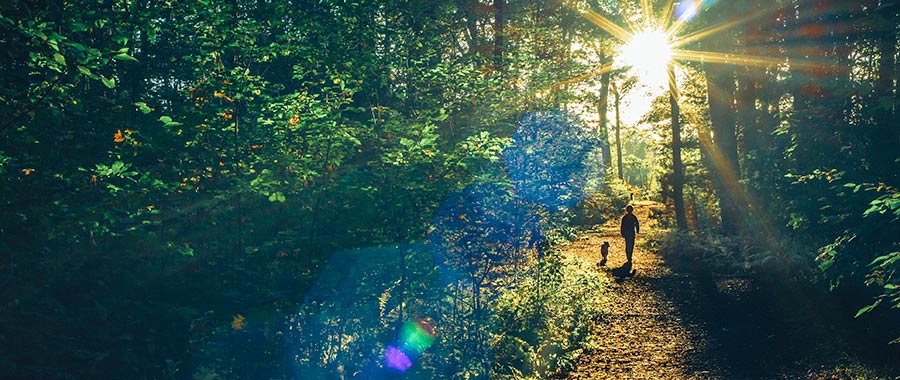

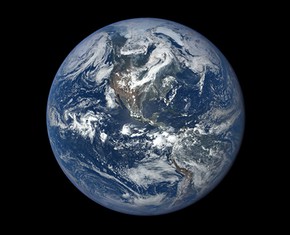






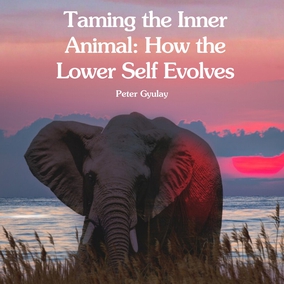

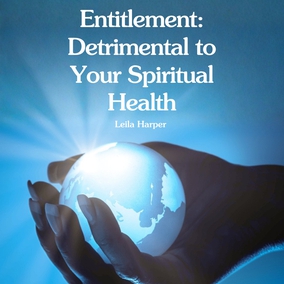
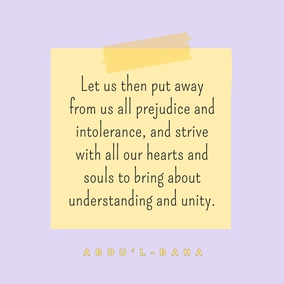

Comments
Sign in or create an account
Continue with Googleor